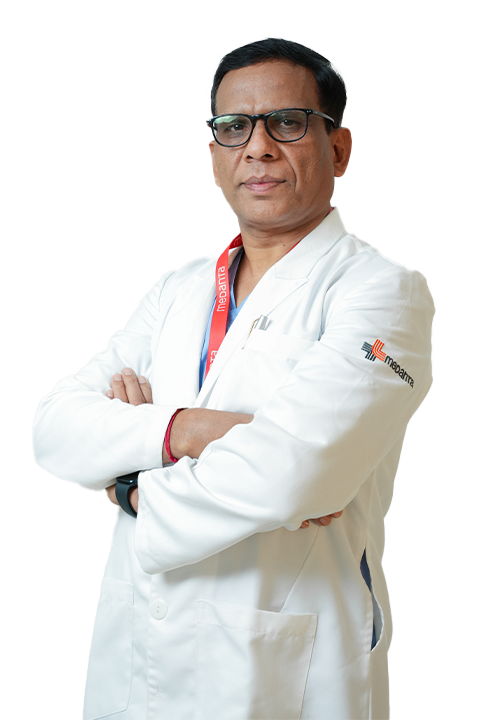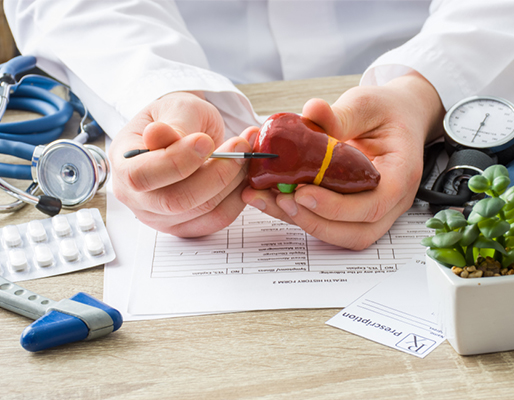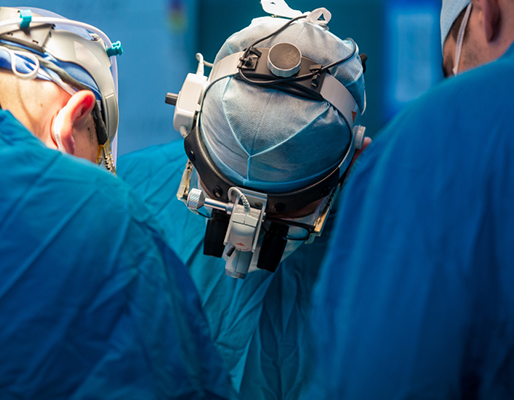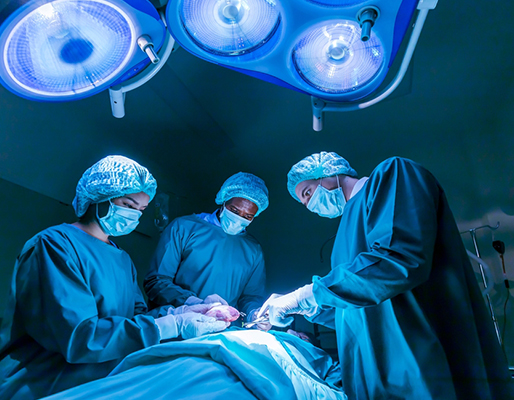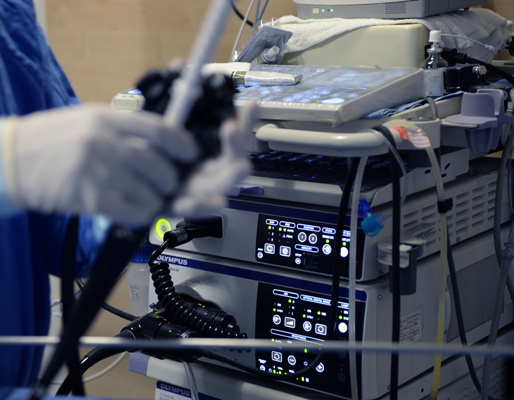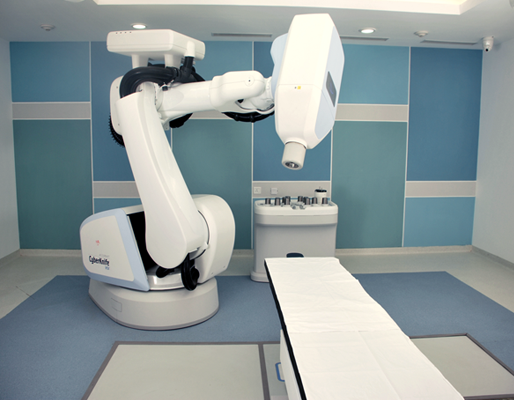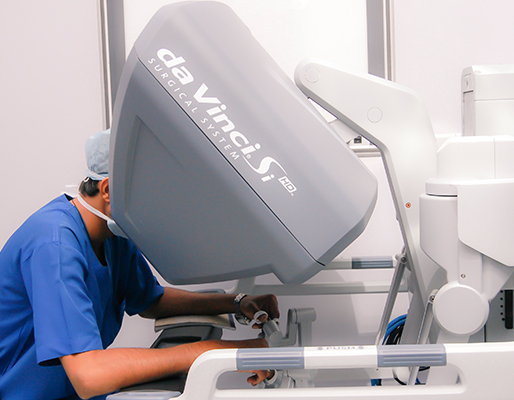Gastrosciences
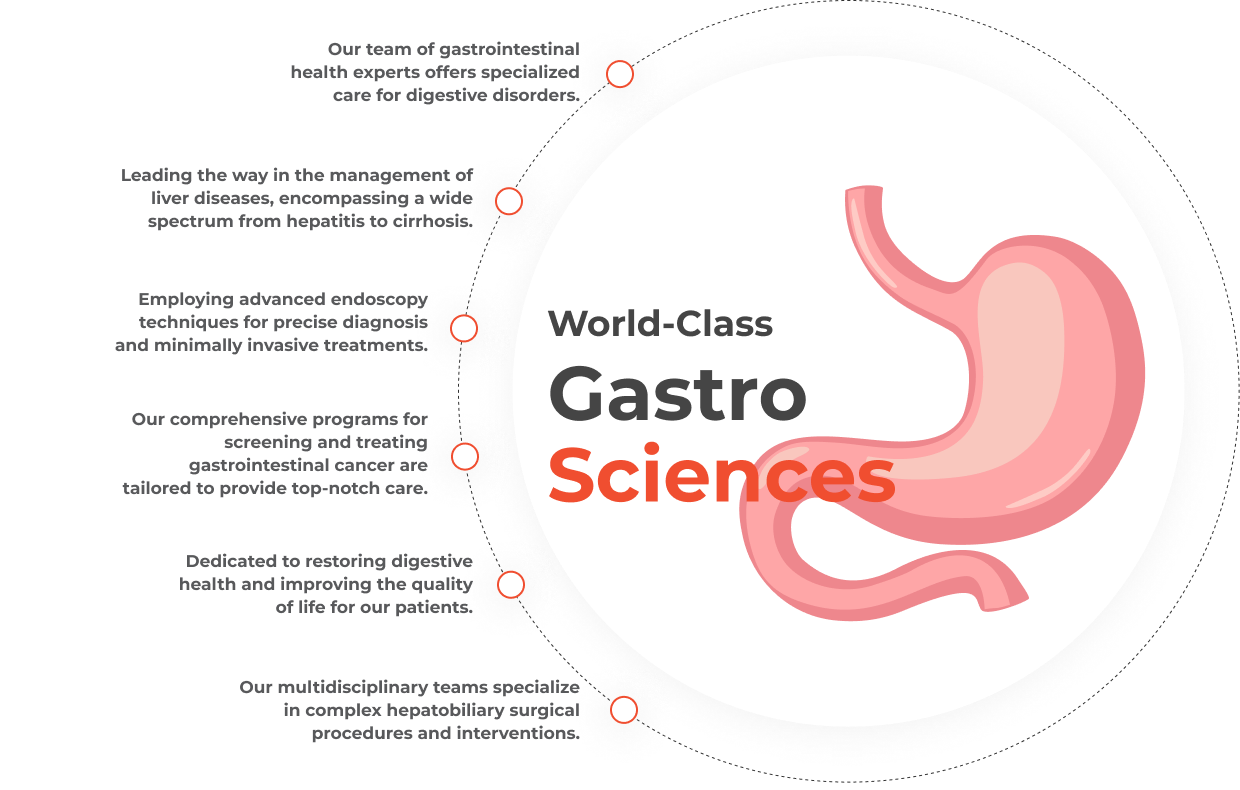
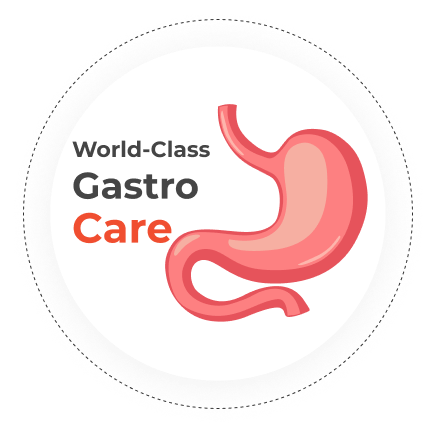
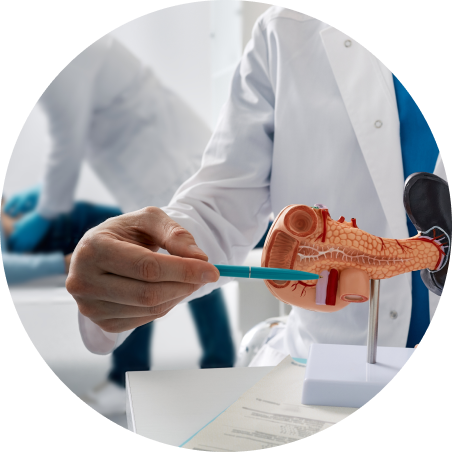
Pancreatic Cancer: Pancreatic cancer is a highly aggressive and often deadly form of cancer that originates in the pancreas, an essential organ for digestion and blood sugar regulation. It's often diagnosed at advanced stages, making it challenging to treat effectively. Symptoms may include abdominal pain, weight loss, and jaundice.
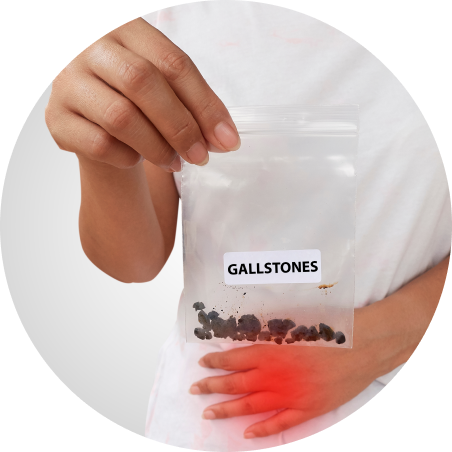
Gallstones: Gallstones are solid particles that form in the gallbladder, a small organ that stores bile. Gallstones can vary in size and composition and may cause intense, cramp-like pain in the upper right abdomen or under the breastbone, particularly after meals. Severe cases may require surgical removal of the gallbladder.
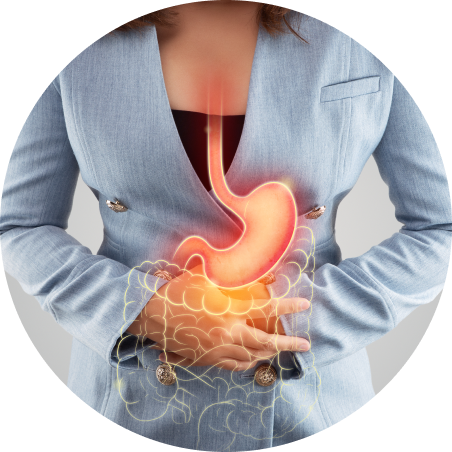
Gastritis: Gastritis refers to the inflammation of the stomach lining, which can be acute or chronic. This condition can result from various causes, including infection with Helicobacter pylori, excessive alcohol consumption, prolonged use of nonsteroidal anti-inflammatory drugs (NSAIDs), or stress. Symptoms often include abdominal pain, bloating, nausea, and a feeling of fullness.
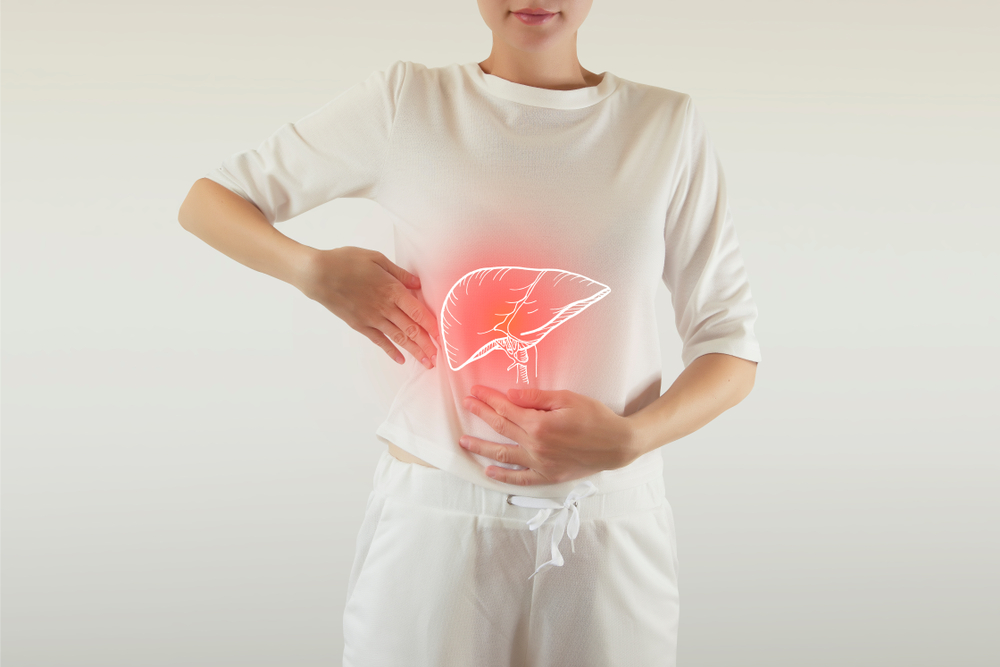
Cirrhosis is a progressive liver disease characterized by the replacement of healthy liver tissue with scar tissue, impacting liver function. Typically resulting from chronic conditions like hepatitis or alcohol abuse, cirrhosis can lead to complications such as portal hypertension and liver failure. Management involves addressing the underlying cause and adopting lifestyle changes.
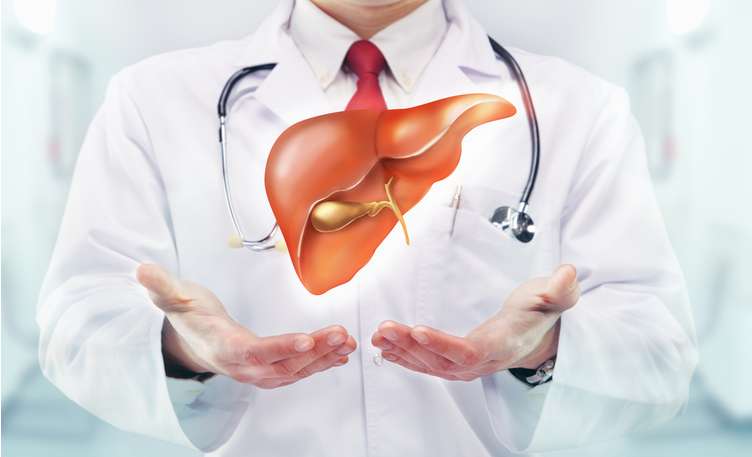
Fatty liver, or hepatic steatosis, is a condition characterized by the accumulation of excess fat in liver cells. Commonly associated with obesity, diabetes, or excessive alcohol intake, it can lead to inflammation and liver damage. Lifestyle modifications, including a balanced diet and regular exercise, are key components of management.
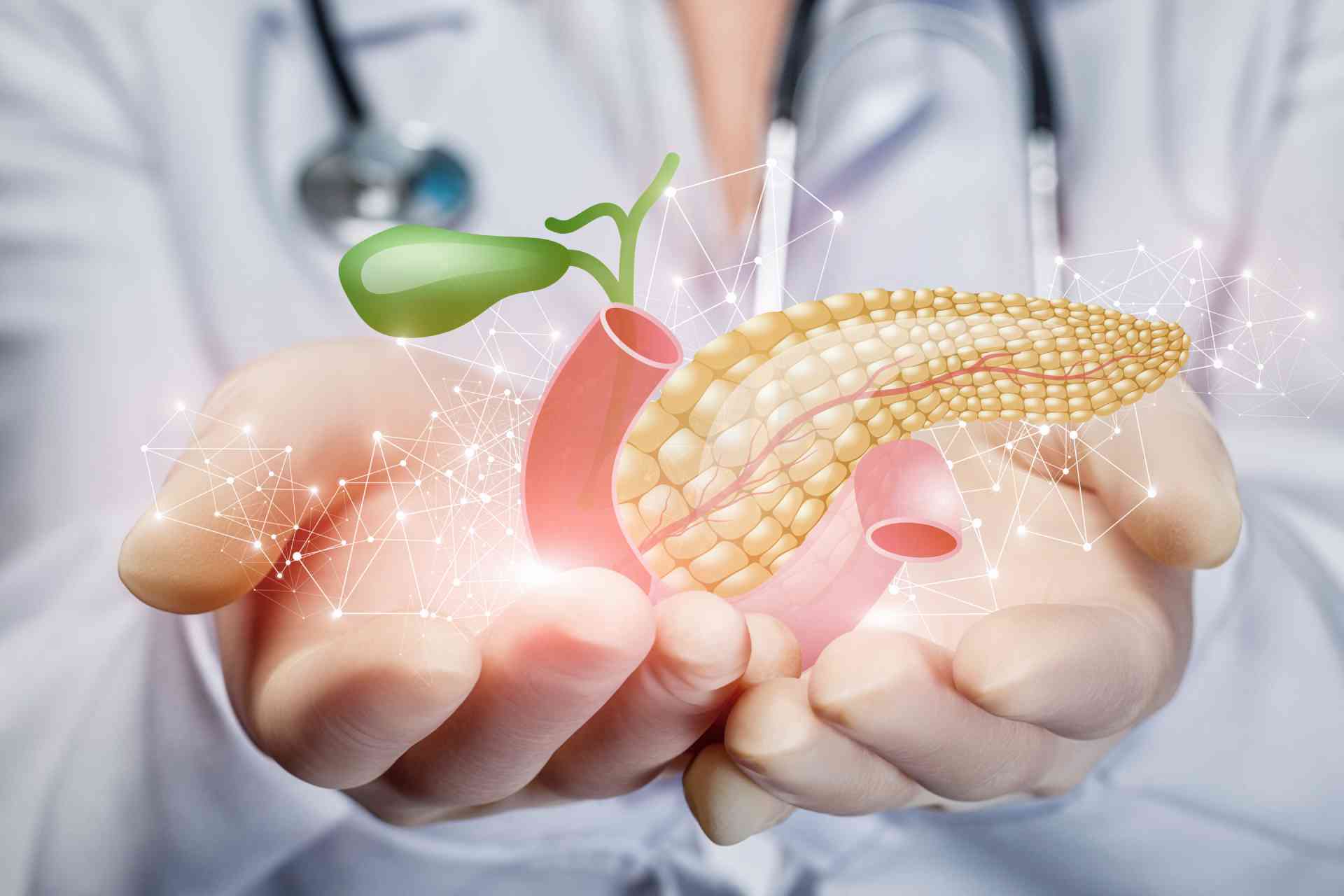
Pancreatitis is the inflammation of the pancreas, often triggered by gallstones, alcohol consumption, or certain medications. Symptoms include severe abdominal pain, nausea, and vomiting. Acute pancreatitis requires hospitalization for supportive care, while chronic cases may involve lifestyle changes and medication. Complications can be serious, necessitating prompt medical attention.
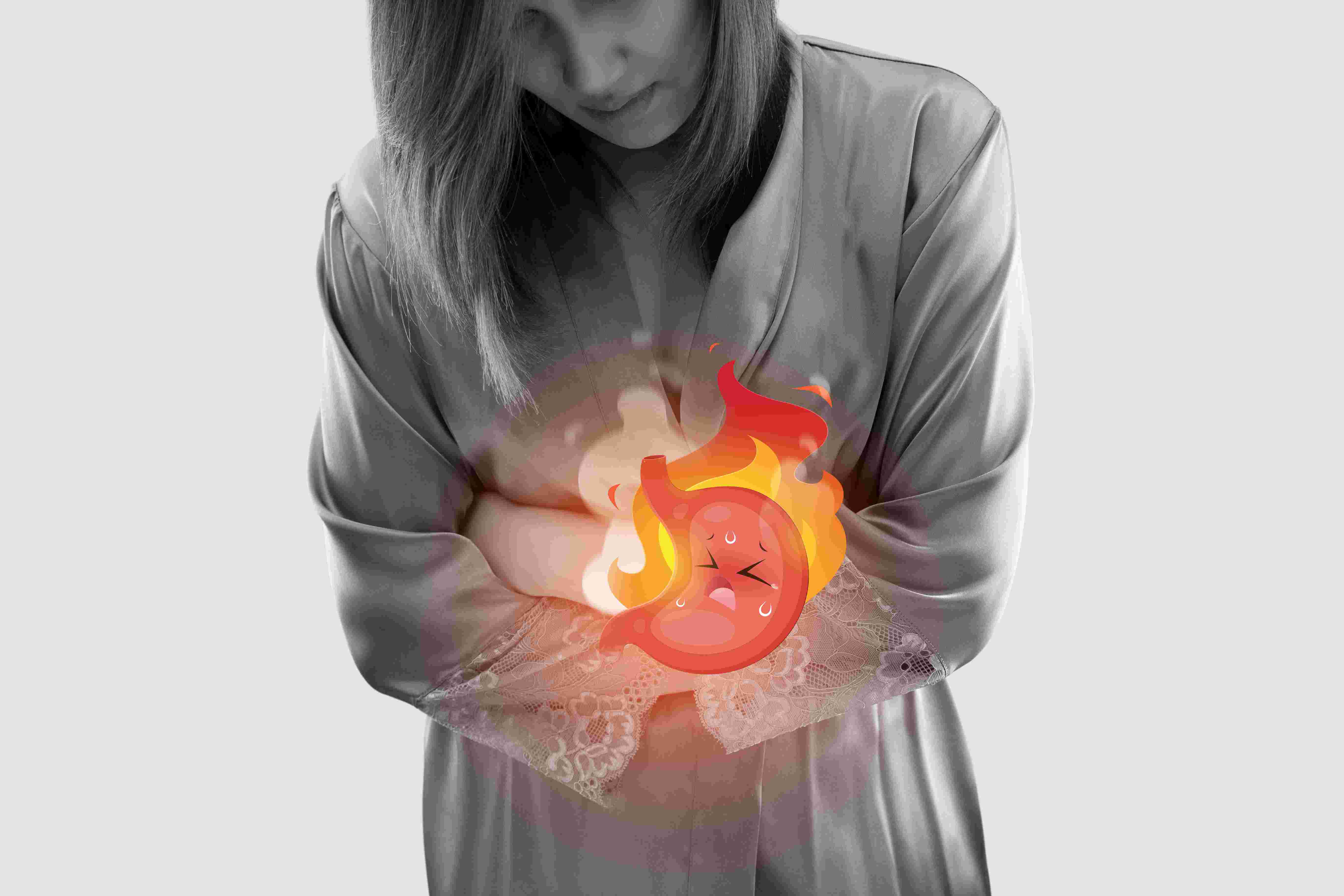
Indigestion, or dyspepsia, is a common digestive issue marked by discomfort or pain in the upper abdomen. Causes range from overeating and consuming spicy foods to stress. Symptoms include bloating, nausea, and a burning sensation. Lifestyle changes, dietary adjustments, and over-the-counter medications can often alleviate indigestion.

Gastroesophageal reflux disease (GERD) is a chronic condition where stomach acid flows back into the esophagus, leading to symptoms such as heartburn, regurgitation, and chest pain. Persistent GERD can damage the esophagus lining. Management involves lifestyle modifications, medications, and, in severe cases, surgical intervention to alleviate symptoms and prevent complications.
